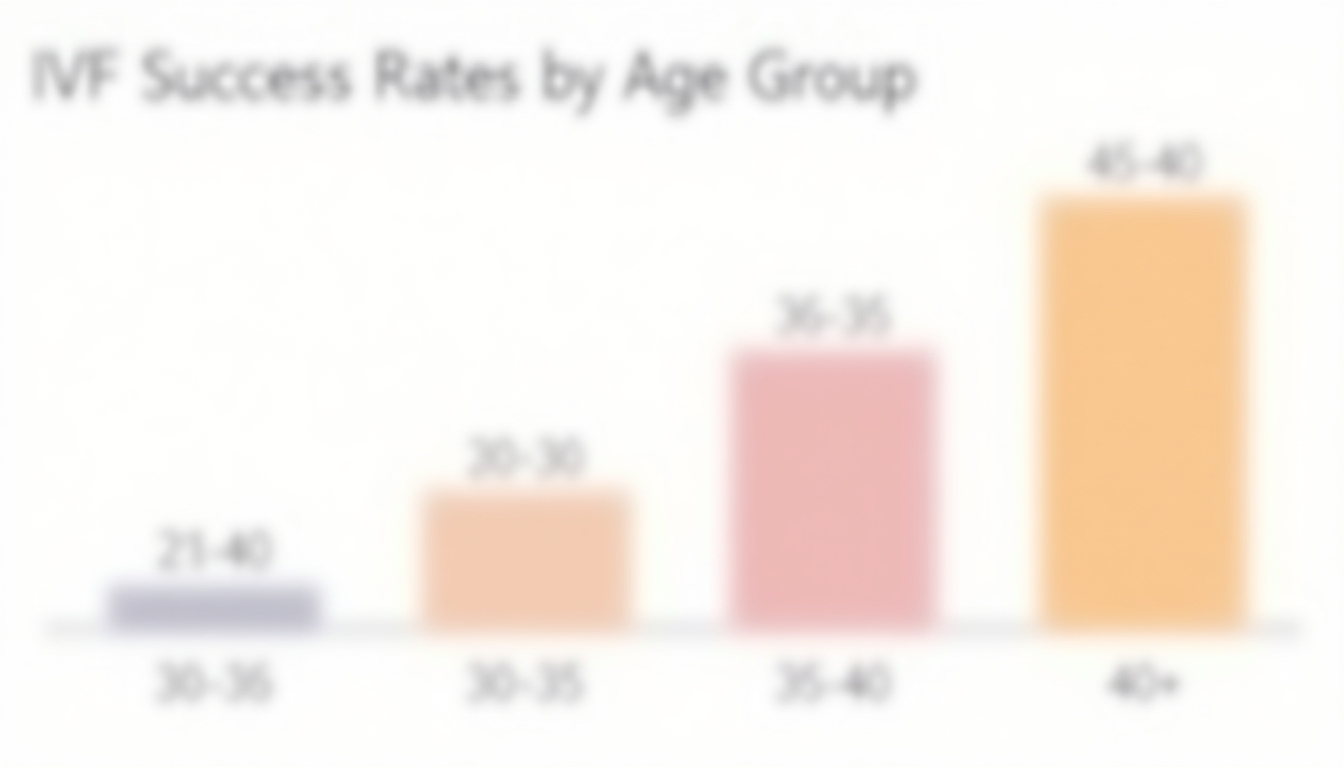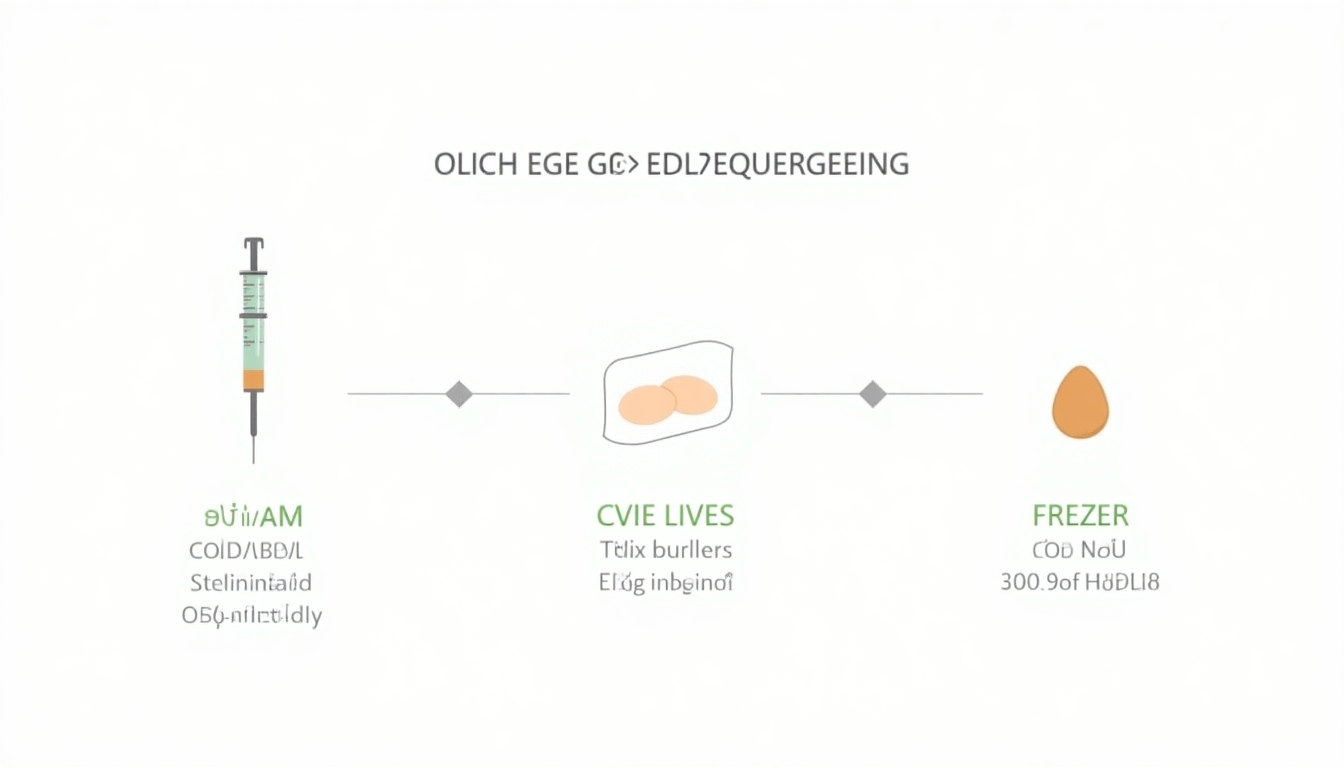Fertility Preservation and IVF Success Rates: What You Need to Know
March 4, 2025, 5:11 p.m.
Overview: Fertility preservation can significantly improve IVF success rates, especially when age is a factor. This article explores the connection, shares insights, and provides actionable advice for navigating infertility.
Imagine being able to pause time on your fertility. That’s what fertility preservation offers. It lets you save eggs, sperm, or embryos for later use. For many, this means a better chance at successful IVF in the future. But how does it work, and why does it matter?

Fertility preservation involves collecting and freezing reproductive materials when they’re healthiest. Women often freeze eggs in their 20s or early 30s, when egg quality peaks. Men can freeze sperm at any age, though earlier is better. Later, these materials can be thawed for IVF, often leading to higher success rates than using older eggs or sperm.
So, what are IVF success rates? They’re the percentage of IVF cycles that result in a live birth. Success varies based on age, egg and sperm quality, clinic expertise, and health conditions. The CDC reports a 30% success rate per cycle for women under 35, but this drops as age rises.

Age plays a huge role in fertility preservation and IVF outcomes. Women’s fertility dips in their late 20s and drops sharply after 35 due to fewer and lower-quality eggs. Men’s sperm quality also declines with age, though more gradually. Freezing at a younger age captures these materials at their best.
Let’s meet Sarah, a 28-year-old who froze her eggs after a cancer diagnosis. Chemotherapy could harm her ovaries, so she preserved her fertility. Five years later, cancer-free, she used those eggs in IVF and had twins. Without preservation, her chances would’ve been slimmer.

Sarah’s story shows fertility preservation isn’t just for delaying parenthood. It’s a lifeline for those facing treatments like chemotherapy or radiation. It also helps people with genetic conditions or health issues that might affect their ability to have kids.
How much does fertility preservation boost IVF success rates? It’s not a simple answer, but studies offer clues. Women freezing eggs before 35 may have a 40-50% chance of a live birth per cycle later, compared to 20-30% for fresh eggs at 40. It’s about preserving quality.

New technology makes preservation even better. Vitrification, a fast-freezing method, improves egg and embryo survival rates. Plus, preimplantation genetic testing (PGT) during IVF helps pick the healthiest embryos, raising success odds further.
Men benefit too. Take John, a 35-year-old who froze his sperm before cancer treatment. After recovering, he and his partner used it for IVF and had a daughter. Preservation gave them a chance they might not have had otherwise.

Fertility preservation isn’t a sure thing, though. Success depends on the freezing process, clinic skill, and your health. Still, it often offers a better shot than waiting and using older materials. It’s about stacking the deck in your favor.
Thinking about fertility preservation? Start by talking to a specialist. They’ll assess your age, health, and goals. Next, check costs—it can be pricey, and insurance might not cover it. Finally, learn the process. It’s a big step, emotionally and physically.
If you’re already doing IVF, here’s how to boost your chances: - Pick a top clinic: Look at success rates and reviews. - Stay healthy: Keep a good weight, skip smoking, and reduce stress. - Follow advice: Stick to meds and tips from your doctor. - Test embryos: Genetic testing can find the best ones. - Learn up: Know the process and ask questions.

Infertility can feel isolating, but you’re not alone. Millions face it, and support groups—online or in-person—can help. Talking to others who get it can lift your spirits and give you practical ideas.
Fertility preservation and age go hand in hand. Freezing early can ease infertility worries later. Whether you’re planning ahead or facing health challenges, it’s a proactive choice that can make IVF more successful.
Same-sex couples and transgender individuals also use preservation. For example, a transgender woman might freeze sperm before transitioning, or a lesbian couple might preserve eggs. It’s a versatile tool for many paths to parenthood.

In conclusion, fertility preservation is a game-changer for IVF success rates. It tackles age-related declines and offers hope in tough situations. With the right steps, you can improve your odds of starting a family.
Summary: Fertility preservation boosts IVF success rates by saving eggs, sperm, or embryos at their peak. Age matters—earlier is better. This article shared stories, science, and tips to help you navigate infertility with confidence.